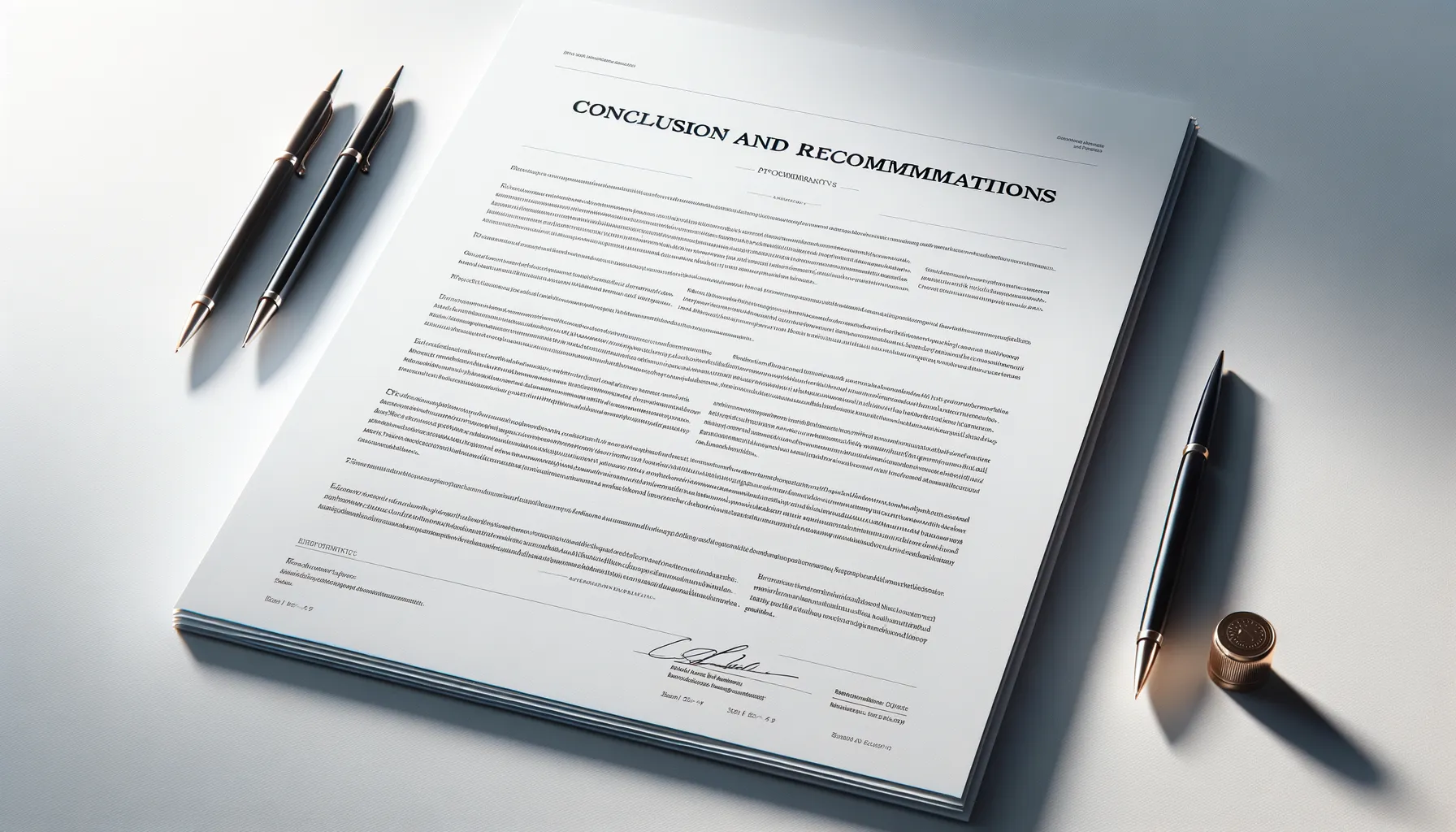Criteria for Evaluating Topics
How to Spot the Gold Among Topic Ideas
Ever feel like sifting through topic ideas is like panning for gold in a muddy river? You’re not alone. Choosing the right topic requires patience, intuition, and a dash of strategy. The difference between a good topic and a great one often lies in asking, “Does this matter to my audience *right now*?”
Here’s how you can sharpen your focus:
- Relevance: Is this topic timely? Are people already talking about it, or is it a hidden gem waiting to shine?
- Searchability: Would someone actually type this into Google? If the answer is no, it needs rethinking.
- Uniqueness: Let’s be honest—no one clicks on the 879th article about “The Best Summer Salad.” What makes your take original?
Audience Connection: The Heartbeat of Every Winning Topic
Imagine sitting across from your ideal reader. Would they nod along eagerly as you talk? If not, your topic might be missing that magic spark. Think about their struggles, questions, or even dreams. Are you solving a problem or speaking directly to *them*? After all, a truly impactful topic feels like a friend who just *gets it*.
Detailed Content Analysis

Diving Deep into the Heart of Your Content
Ever felt like your content was missing that magic spark? Let’s unravel its DNA and see what makes it tick. A truly detailed analysis isn’t just surface-level skimming; it’s peeling back the layers to uncover what resonates, what falls flat, and what leaves readers (and search engines) hungry for more.
Picture this: you’ve written a post you’re proud of, but something feels… off. Maybe there’s a disconnect between tone and audience. Perhaps your keywords blend in like wallpaper, instead of taking center stage. This is where a fine-grained evaluation steps in—not just to nitpick, but to elevate.
- Engagement Check: Are you grabbing attention with storytelling and punchy phrases, or drowning in clichés?
- Data Depth: Are you offering value-packed insights, or parking in the shallow end with generic info?
The Secret Sauce: Strategy Meets Emotion
Here’s the kicker—content isn’t just about “what” you say; it’s *how* you say it. That quirky analogy? The irresistible hook? These are your golden tickets. Think of your text as a melody. If keywords are your beat, emotional resonance is the soul-stirring chorus. A strong analysis ensures both are pitch-perfect.
By breaking things down, you don’t just fix flaws—you craft experiences. Don’t fear the microscope; wield it like a magnifying glass to spotlight brilliance waiting to shine.
Optimized Structural Approach

Building a Foundation That Clicks
Imagine your content as a towering skyscraper. Without a solid foundation, it’s only a matter of time before the structure crumbles. The same holds true for creating SEO-friendly content! An optimized structural approach is what lays the groundwork for your content to shine—both for readers and search engines.
An effective structure acts like breadcrumbs, leading users (and bots) through your masterpiece effortlessly. Start with an engaging introduction that hooks your audience. Then, weave in headers and subheaders to break up large text blocks. Readers love digesting content in chunks—it feels natural, almost like flipping through Instagram stories but way more informative!
- Logical flow: Each paragraph should flow into the next like stepping stones across a stream.
- Strategic placement: Key phrases belong where they’ll make the biggest impact—titles, headers, and opening sentences.
- Easy navigation: Think clickable table of contents, anchor links, or summarized key points upfront.
By designing with intent, you’re not just writing words; you’re organizing thoughts that inspire action! People feel it when you’ve poured care into clarity.
The Art of Guiding Both Eyes and Algorithms
Let’s talk algorithms—they’re picky but predictable guests at your virtual party. What do they love? A clean layout paired with strategically placed keywords. But don’t overdo it; stuffing your text with keywords makes content as appealing as soggy cereal. Instead, scatter long-tail keywords naturally—like sprinkling just enough seasoning on a dish.
Your secret weapon? Internal linking. It’s like weaving a net that keeps both users and search bots engaged. For instance, linking one paragraph about “SEO basics” to deeper dives into advanced strategies keeps readers hopping around your site longer—and boosts rankings as a bonus!
Bottom line: structure isn’t just about aesthetics; it’s about crafting a journey that satisfies both humans and algorithms alike.
Challenges and Solutions in SEO Writing

Overcoming the Maze of Keywords and Creativity
Let’s face it—balancing creativity with SEO demands can feel like trying to juggle flaming torches while riding a unicycle. On one hand, there’s your reader, hungry for engaging content that resonates. On the other, the cold, calculating algorithms demanding perfect placements of keywords, tags, and meta descriptions.
The challenge? Writing in a way that doesn’t feel robotic or overly stuffed with search terms. You’ve read those lifeless pages before, right? Nobody wants to be that writer. The solution? Think like a storyteller. Instead of awkwardly forcing “best coffee mugs 2023” into your writing, weave it naturally: “If you’re like me, hunting down the best coffee mugs of 2023 feels like finding your caffeine soulmate.” Ta-da! Keyword placed, personality intact.
- Challenge: Staying relevant without “keyword stuffing.” Solution: Prioritize intent over repetition. Use synonyms and creative phrasing.
- Challenge: Writing for bots AND humans. Solution: Focus on scannable formatting like subheadings, bulleted lists, and conversational tones.
Conquering Content-Length Struggles
Ever stared at a blank page, debating whether to write 300 words or an epic 2,000-word manifesto? The battle of length is real. Google loves depth, but readers love brevity. How do you please both? Picture a novel versus a postcard. Sometimes your audience needs a quick answer, other times, they’re here for the full story.
The secret? Structure your piece into digestible chunks. A thorough topic doesn’t always mean long—it means well-researched and impactful. Aim for value. Whether you need 500 words or 1,500, make every sentence work for you.
Conclusion and Recommendations

Making Sense of SEO Complexity
We’ve taken a deep dive into the fascinating, yet sometimes frustrating, world of SEO writing. Isn’t it funny how, on one hand, it feels like solving a tricky puzzle, but on the other, it’s much like painting a picture that’s meant to attract viewers—and algorithms?
When crafting content, there’s no one-size-fits-all approach. Some topics demand detailed deep dives, while others flourish with quick, snappy overviews. The key is striking a balance between being thorough and staying engaging. And hey, let’s not forget those sneaky challenges—understanding search intent or untangling Google updates. They’re like plot twists in a novel. Unexpected, but they keep things interesting.
- Challenge keywords: Optimize them naturally, like letting the wind guide a kite, rather than forcing them in.
- Structure matters: A messy house distracts guests; clean layouts keep readers focused and happy.
Crafting content that clicks isn’t easy, but trust me, it’s worth watching your hard work climb those SERP rankings. Feeling overwhelmed? Don’t! Start small, experiment often, and let your creativity lead the way.